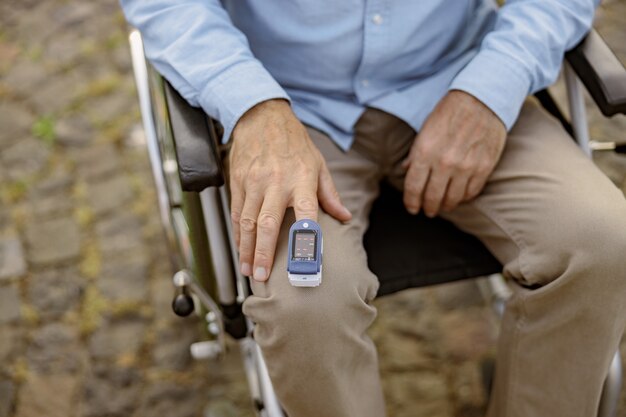Why is Amputation a Risky Prospect for Diabetics?
The thought of losing a limb is daunting for anyone, but for diabetics, the stakes are even higher. Unfortunately, amputation can be a life-threatening prospect for diabetics due to a combination of pre-existing conditions and complications that may arise post-surgery. To understand why this is the case, it’s important to explore how diabetes affects the body and the potential domino effect amputation can trigger.
The Hidden Complications of Diabetes
Diabetes is more than just a condition of elevated blood sugar levels. Over time, it can lead to nerve damage (neuropathy), poor circulation, and a weakened immune system. These factors make diabetics more susceptible to foot injuries and infections, which can exacerbate into severe conditions requiring amputation.
The primary concern following an amputation is the body's ability to heal. For diabetics, poor blood flow means that tissue repair is significantly delayed. This delayed healing increases the risk of infections, ulcers, and necrosis, potentially becoming life-threatening if not managed meticulously.
Post-Amputation Challenges
After an amputation, the physical and emotional toll can be significant. Many diabetics face challenges such as:
Increased Risk of Infection: With a compromised immune system, post-surgical infections become prevalent and can swiftly lead to severe complications.
Cardiovascular Strain: The already increased risk of cardiovascular disease in diabetics means that healing from major surgery can place undue stress on the heart.
Psychological Impact: The trauma of losing a limb can also lead to depression and anxiety, which can deter self-care and rehabilitation efforts.
Mobility Issues: Adaptation to prosthetics or limited mobility may hinder regular physical activity, which is crucial in managing diabetes effectively.
A Multifaceted Approach to Prevention
Preventative care is key. Maintaining tight control over blood sugar levels, regular foot examinations, and addressing seemingly minor wounds promptly are essential. Educating diabetics on the importance of these preventive measures can significantly reduce the risk of amputation.
Furthermore, holistic treatment plans that include diet, exercise, and medication adherence can prevent complications from arising. Healthcare providers play a crucial role in educating and supporting diabetics through this multifaceted approach.
Turning the Corner: Financial Support and Resources
The aftermath of an amputation extends beyond the physical implications, affecting financial stability due to medical bills, loss of income, and rehabilitation costs. Luckily, various government and private programs can offer some relief:
Government Aid Programs: Look into disability benefits and Medicare options that can help cover medical expenses and living costs.
Financial Assistance Programs: Nonprofits often provide support for medical bills and living expenses, specifically for those burdened with chronic illnesses.
Debt Relief Options: If medical expenses have led to overwhelming debt, consider consulting financial advisors about debt consolidation or credit counseling services.
Educational Grants: For diabetics interested in returning to education post-amputation, numerous scholarships and grants are available to ease the financial burden.
A Quick Guide to Financial Resources 💸
- 🏥 Medicare & Medicaid: Provides coverage for hospital stays, rehabilitation, and some personal care services for eligible participants.
- 💰 Social Security Disability Insurance (SSDI): Financial assistance for those unable to work due to severe medical conditions.
- 💳 Credit Counseling Services: Nonprofit organizations offer budget planning and debt management plans.
- 📚 Educational Scholarships: Look for specific grants aimed at individuals with disabilities wishing to further their education.
Taking proactive steps and leveraging available resources can greatly improve life post-amputation, aiding both physical recovery and financial stability. While the prospect of amputation is indeed a grave concern, understanding the risks and available support can make a significant difference in outcomes for diabetics.
